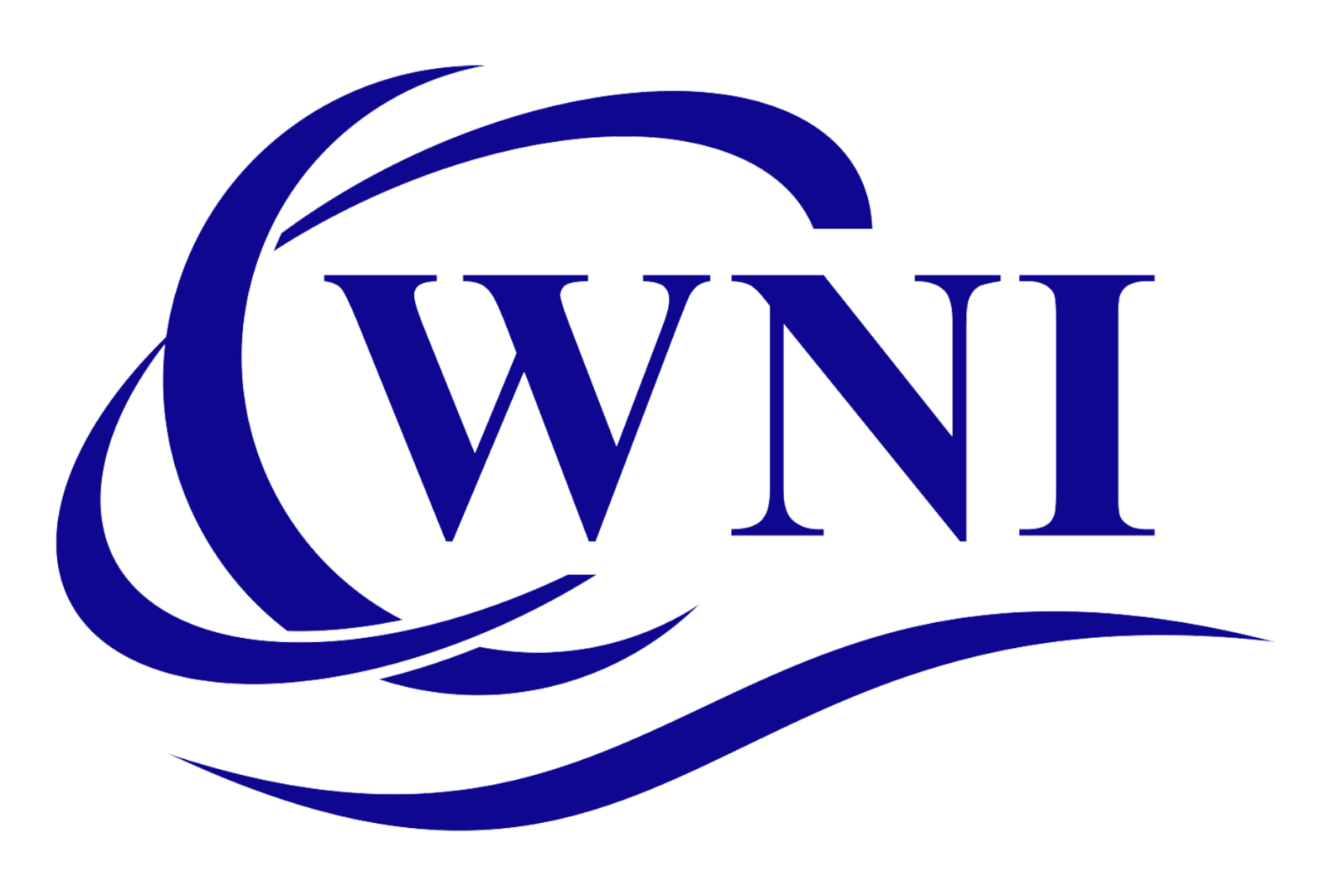World Nations Incorporated can assist you in becoming a certify C-TPAT Importer with US Customs and Border Protection (CBP) in the joint national security initiative Customs-Trade Partnership Against Terrorism (C-TPAT).
C-TPAT is a voluntary, joint government - business initiative to build cooperative relationships that strengthen and improve supply chain security. The C-TPAT initiative focuses on security procedures, physical and personnel security, conveyance security, and education and training.
Companies participating in the C-TPAT program enjoy significant benefits:
Greater ability to predict lead time
Decreased occurrence of supply chain disruptions
Decreased wait time for carriers at border
Establishment of supply chain security procedures
More frequent review of service providers’ security standards
Reduced incidence of cargo theft and pilferage
Improved security for workforce
Successfully securing the borders of the United States requires the cooperation of foreign and domestic business partners.
World Nations Incorporated is committed to ensure that our business partners are using secure practices throughout the supply chain.
Participants in C-TPAT can verify if your company status in the program by visiting the C-TPAT Security Link Portal To access the C-TPAT portal securely, you should see https://ctpat.cbp.dhs.gov in the address bar of your web browser.
Customs Brokers Status Verification Interface #: 25f265f6-04b5-488f-ba4d-4b36d52e655d
The C-TPAT program sets procedural based security standards for each link in the supply chain including facilities, personnel, conveyances, physical access, threat awareness and manifest procedures. With the focus on security, the overall goal is to decrease the examination of low-risk carriers and importers, who are C-TPAT members.
C-TPAT is available to the following members of the trade community.
Importers
Air, Rail, Sea, and Truck Carriers
Customhouse Brokers
Air Freight Consolidators
Ocean Transportation Intermediaries Non-vessel Operating Common Carriers
Port Authorities
Terminal Operators
Warehouse Operators
Selected Foreign Manufacturers.
C-TPAT requirements are tailored to the needs of each company, so that the package of C-TPAT benefits can be different for each participant.
How To Apply
Participation in C-TPAT requires the filing of a formal agreement that commits the applicant to undertake the following:
Conduct a comprehensive assessment of supply chain security using C-TPAT security guidelines developed by Customs and the trade community.
Complete and submit a response to Customs of the supply chain security questionnaire.
Develop and implement a program to enhance security throughout the supply chain in accordance with C-TPAT guidelines and communicate C-TPAT guidelines to other companies in the supply chain, and work toward building the guidelines into relationships with these companies.
Tools and Forms
The Importer Security Filing (ISF) also referred to as 10+2, is a customs import requirement of the United States Customs and Border Protection (CBP) ; which requires containerized cargo information, for security purposes, to be transmitted to the agency at least 24 hours (19 CFR section 149.2(b)[1] before goods are loaded onto an ocean vessel headed to the U.S. (i.e. mother vessel, not feeder vessel) for shipment into the U.S. 10+2 is pursuant to section 203 of the SAFE Port Act, and requires importers to provide 10 data elements to CBP, as well as 2 more data documents (Container Status Messages and the vessel's Stow Plan)from the carrier.
ISF filing is exempted for bulk cargo and a few identified breakbulk cargo. The filing should be done for the rest of the commodities. including containerized cargo.
The new rule, published on November 26, 2008, went into effect on January 26, 2009.
CBP is taking a phased-in approach in terms of implementation and enforcement. During the first 12 months, importers will be warned of infractions instead of being fined, with the hope that the importers will establish a filing system. All ISF filings are required to be submitted electronically via the Automated Broker Interface (ABI) or the Automated Manifest System (AMS).
For shipments on the water on or after June 30, 2016, CBP had ended the phased-in approach and ISF compliance is in full effect. If compliance is not met, liquidated damages penalties up to $5,000 may be issued by the local port for each violation.
The ISF needs to be submitted at the lowest bill of lading level (i.e., house bill or regular bill) that is transmitted into the Automated Manifest System (AMS). The bill of lading number is the only common “link” between the ISF and the customs manifest data. The following 10 data elements are required from the importer:
(1) Manufacturer (or supplier) name and address
(2) Seller (or owner) name and address
(3) Buyer (or owner) name and address
(4) Ship-to name and address
(5) Container stuffing location
(6) Consolidator (stuffer) name and address
(7) Importer of record number/foreign trade zone applicant identification number
(8) Consignee number(s)
(9) Country of origin
(10) Commodity Harmonized Tariff Schedule number to six digits.
From the carrier, 2 data elements are required:
(1) Vessel stow plan
(2) Container status messages
The above information is required for the Department of Homeland Security
